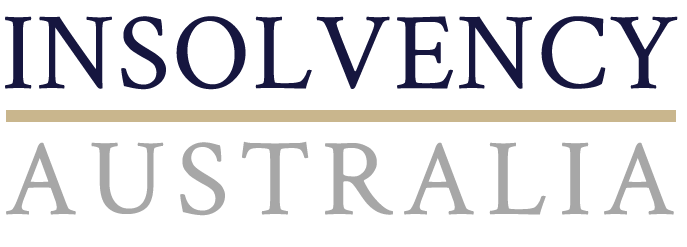Now is the time for a business ‘health check’, says insolvency platform
Australian business owners and accountants are being told now is the time to conduct a ‘health check’ on their organisations before the new financial year begins.
Director at Insolvency Australia, Gareth Gammon said as the number of insolvencies began to rise, owners and accountants alike needed to ensure their organisations were in a healthy position.
“This financial year has seen the insolvency ‘dam’ begin to break, which is why EOFY provides a good opportunity to truly assess how your business is going,” said Mr Gammon.
“We’ve spoken with a number of insolvency specialists who have similar advice: it’s the perfect time to ‘get your house in order’.”
CEO of CreditorWatch, Patrick Coghlan said a key part of the ‘health check’ should be focused on a firm’s cash flow and its ability to pay bills.
“Insolvency primarily occurs due to problems with cash flow and, ultimately, a total lack of it,” he said.
“Therefore, get your ledger in order now to start the new financial year in the strongest possible position. The number of variables impacting the risk exposure of modern businesses means that automation of credit risk management is really the only way to effectively keep on top of it.”
“Now is the time to collect on outstanding payments to help your business better manage EOFY tax and superannuation obligations. Online collections tools take the pain out of chasing unpaid invoices by sending automated reminders, increasing your collections rate, and freeing up your accounts team to focus on value-adding tasks.”
Founding partner at insolvency firm Greyhouse Partners, Ben Verney, said the EOFY is an appropriate time for company directors and their accountants to come together and review the business’s position before the coming financial year.
“EOFY preparation generally means company accountants tidying amounts and balances in the chart of accounts for statutory reporting and tax accounting purposes,” said Mr Verney.
“If this process helps directors look closely at the level of business commitments (liabilities) and compare these to short-term cash availability (liquid assets), then EOFY planning is a welcome opportunity to do so.”
“The risk of insolvency is decreased if this process is performed regularly. Preparing and analysing business cash flows and forecasts is optimal if performed monthly. Daily, weekly is best, and quarterly is reasonable.”
National head of restructuring and recovery at RSM Australia Frank Lopilato agreed and said setting up and maintaining a clear cash flow budget would help businesses pre-empt issues that could arise from cash flow deficits.
“With the change and volatility of economic factors, it is critical that business owners maintain optimisation of their cost pricing to cover overheads and pricing accordingly, ensuring the company is profitable yet still maintaining competitiveness and demand,” said Mr Lopilato.
“In the tough economic environment we’re in, it’s further needed to boost these considerations by not optimising cost pricing but rather working to make a sale by improving marketing, customer relationships and the quality of goods and services.”
View the original article here.

